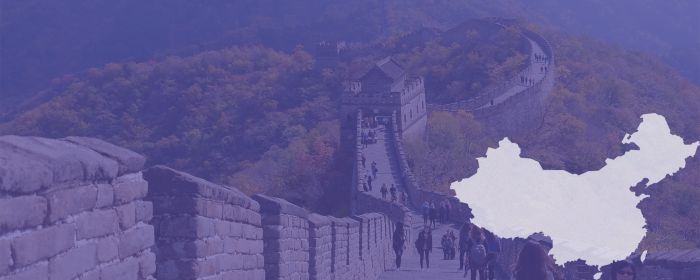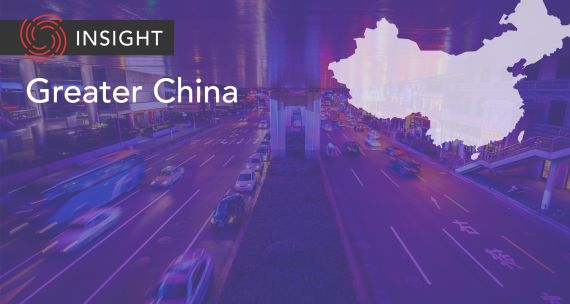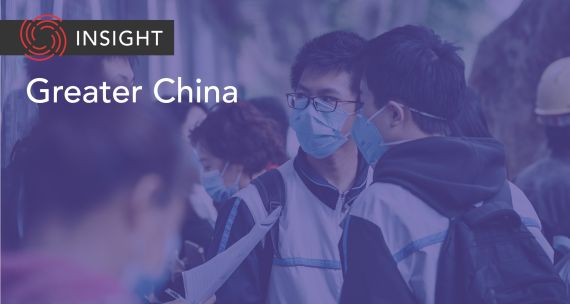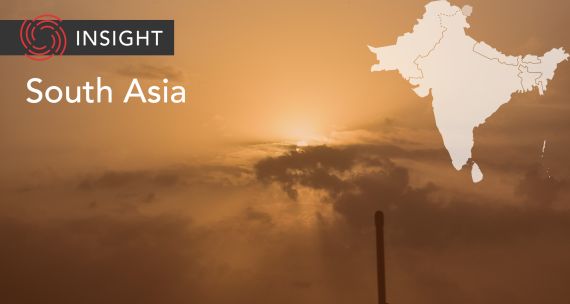The Takeaway
On November 11, China’s National Health Commission (NHC) announced new measures to reform the country’s approach to COVID-19. Actions include an end to flight suspensions, reducing mass testing, curbing lockdowns, and shortening quarantines. The measures are intended to alleviate the severe impacts zero-COVID restrictions have had on the Chinese economy and citizens’ lives, but implementation across the country may vary.
In Brief
The NHC announcement on November 11 included 20 action items, with a view to comprehensively revising China’s zero-COVID strategy. Travellers entering China and domestic close contacts of positive cases now only need to quarantine at a central facility for five days and then at home for three days (“5+3"), compared to the previous “7+3” policy. Citywide mass testing, which had become a regular ritual for many in populous urban areas, is to be avoided unless absolutely necessary. The NHC also directs local authorities to expand health-care resources and stockpile medical supplies.
Nearly a week since the release of the measures, however, implementation across regions has been far from uniform. Tieli, a small county-level city in the northeastern province of Heilongjiang, went into lockdown on November 12 after a single positive case was detected, apparently directly contravening the new NHC measures. Meanwhile, Hebei’s provincial capital, Shijiazhuang, closed most of its nucleic acid testing sites on November 14 but reopened many sites the next day due to demand. And in Beijing, long testing queues have appeared as residents continue to require updated results for various activities. However, parts of Guangzhou, the southern metropolis going through an unprecedented COVID-19 outbreak, did see lockdowns lifted on November 14.
Implications
The NHC measures aim to improve conditions for regular citizens, businesses, and local governments. Many citizens cheered on the new, “more scientific” approach on social media, but some detractors worry that the government is “lying flat” and risking public health.
A shorter quarantine period may entice more Chinese citizens abroad to travel back to China. The NHC has also formalized special “closed-loop” systems to allow foreign business executives and athletes to visit China without quarantining. It is likely hoped that these measures, alongside an end to the “circuit breaker” flight bans, will open commercial opportunities and relieve a domestic economy battered by restrictions. However, as Hong Kong's experience has shown, any length of quarantine is a major barrier to the resumption of normal travel volumes.
In its preamble, the NHC document acknowledges the “severe and complex” landscape of pandemic control as new variants continue to emerge and the country heads into winter. The phrasing belies an understanding that China will continue to see outbreaks as zero-COVID measures are relaxed. The situation poses a unique challenge to cash-strapped local authorities, who will walk a delicate line between reforming policies in the spirit of the NHC measures and stopping the number of cases from overloading health-care capacities.
What's Next
1. Major cities continue to grapple with severe outbreaks
China reported 17,772 new COVID-19 infections on November 15, the highest daily increase since Shanghai’s outbreak in April 2022. Major cities like Guangzhou, Chongqing, and Zhengzhou are the worst-hit. These new outbreaks will be the first tests for the NHC’s new policies.
2. Residents adjust to new rules as pandemic evolves
Many local communities will have to adjust to a different reality as restrictions relax. After Shijiazhuang briefly ended citywide testing, social media reports showed that some parents, citing minor ailments, excused their children from in-person classes in order to avoid exposures at school. Many in China still associate COVID-19 infections with its initial deadly spread in Wuhan, making the smooth easing of restrictions difficult.
3. State media outlets diverge on messaging
Some local, government-run media have recently taken a softer line on COVID-19, most notably in describing it as a “self-limiting illness” and attempting to ease the weariness. However, on November 15, People’s Daily, a Chinese Communist Party mouthpiece, published another op-ed – after having done so right before the key Party Congress in October – urging “unwavering adherence to ‘dynamic zero’” in view of the new NHC measures. The divergence may be a sign of internal confusion, if not disagreement, within China’s leadership on COVID-19 management. Even as new policies shift the balance, the struggle between zero-COVID and economic priorities continues.
• Produced by CAST’s Greater China team: Maya Liu (Program Manager); Tristan Li (Analyst); and Irene Zhang (Analyst).




